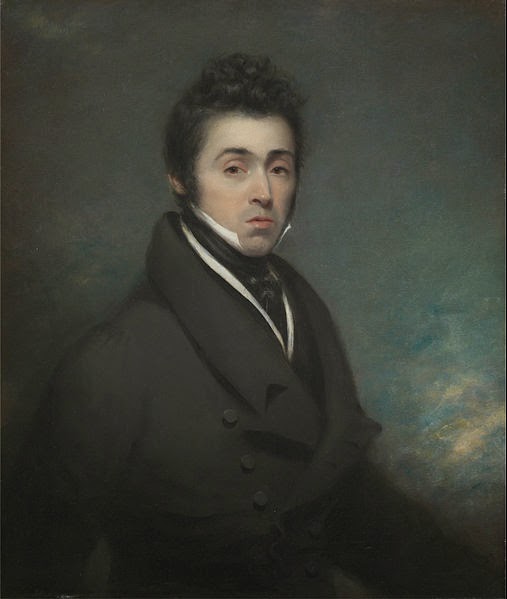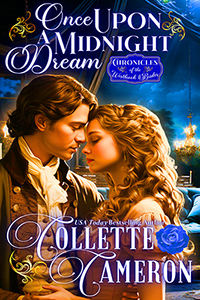Whether you call them neckcloths or cravats, the well-dressed Regency gentleman was not properly dressed without his intricately tied neckcloth. The precursors to today’s neckties and bow ties, acquiring the perfectly tied cravat took no small amount of skill.
Usually snowy white linen, thoroughly starched, of course, other colors did begin to come onto the scene around 1818.
More relaxed neckcloths became fashionable later in the era and silk replaced the starched linen by 1830.
The tie of one’s cravat was of utmost importance and might be associated with a gentleman’s club, say, The Four In Hand or the Whip. Also, the fashionable gentleman would never permit his neck to be wrapped in the same cloth for an entire day.
Heavens, no. Beau Brummel required three fresh cravats each day and that didn’t count the numerous ones that were tossed aside if the tying didn’t go just so.
There was even a satirical newspaper devoted to the illustrious neckcloth, The Neckclothitania.
So, where did the cravat originate? You have to go back a bit in history to the Croatian mercenaries hired by Louis XIII in the 17th century.
The Croatians wore a knotted scarf at their neck, much more practical than the stiff lace the French wore into battle. It should come as no surprise that the French word derived cravate from Croat (not quite sure how they managed that), and its easy to see how cravate became cravat.
There is something sexy about a man wearing a well-tied cravat, though these somber-faced fellows don’t do a whole lot for me.
Resources:
http://homepages.ihug.co.nz/~awoodley/regency/tie.html
http://janeaustensworld.wordpress.com/2009/03/21/the-art-of-tying-the-cravat/
http://www.kristenkoster.com/tag/how-to-tie-a-regency-cravat/
http://austenauthors.net/mens-regency-fashion-the-cravat











